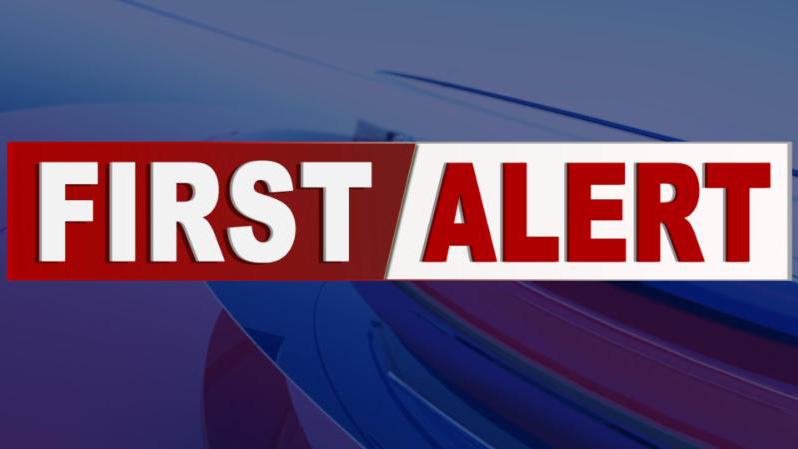Everything you need to know about snow squalls

The term “snow squall” is relatively new at the National Weather Service, which started using it about a year ago.
If you’ve been issued a snow-squall warning, here’s what it means and how it could affect you.
What is a snow squall?
A snow squall is basically a short but ferocious burst of heavy snow and strong wind, usually lasting less than an hour or so, the NWS says. They normally occur during the daytime.
After a snow squall moved through Manhattan in December 2019, for example, Central Park picked up 0.4 inches of snow in about 40 minutes.
What happens during a snow squall? Should I be worried?
You can expect rapidly reduced visibility.
“The combination of quick results in visibilities and sudden slick conditions on roadways can often lead to high speed wrecks, pile ups, and subsequently injuries and fatalities,” the NWS stated.
Snow squalls can often catch people off guard. If it’s not possible to delay travel, the NWS advises driving slowly or using a different route.
OK, so what does a snow squall warning mean?
Similar to a tornado or thunderstorm warning, a snow squall warning is issued to alert residents that a snow squall is possible in their area. The warnings typically last less than an hour.